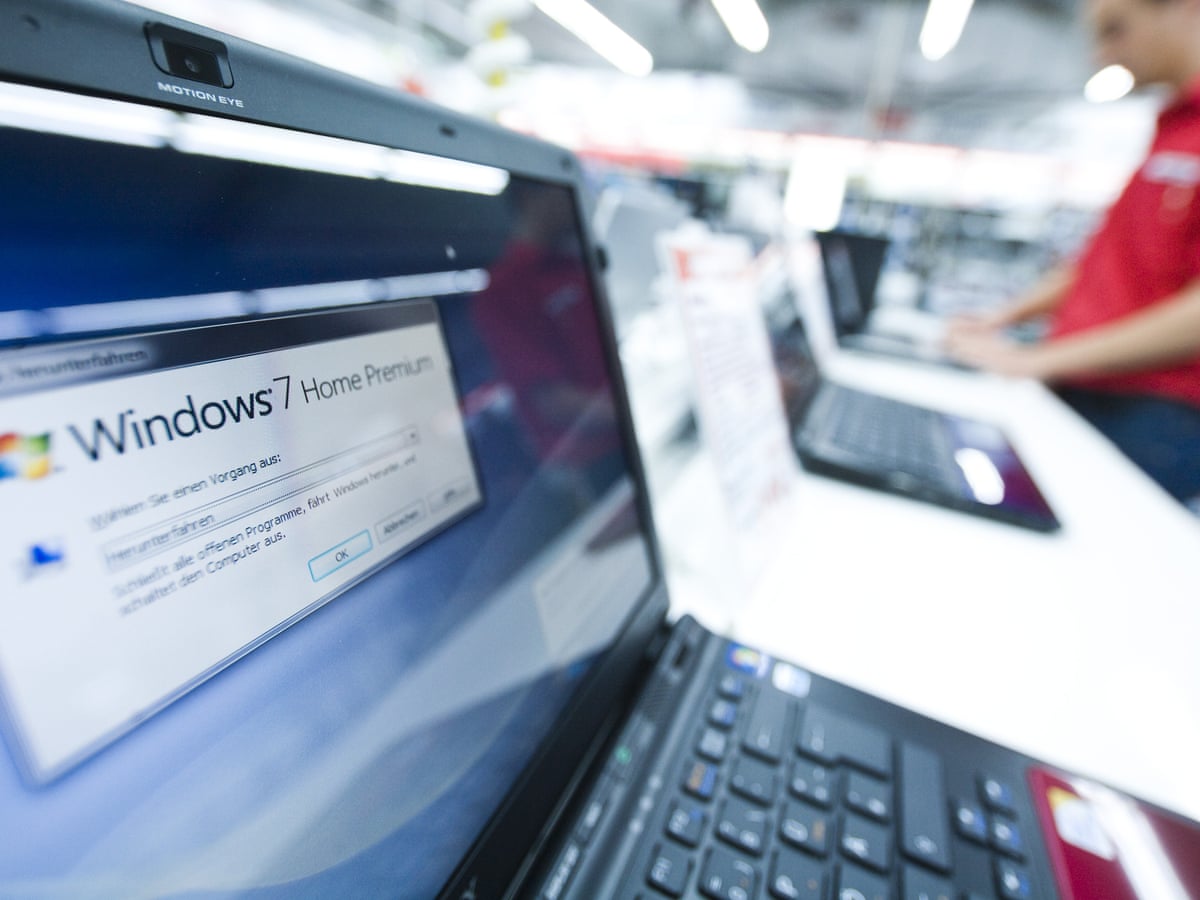Full Guide How To Automatically Find Audio Card Drivers for Windows 7 on Asus laptop | 2020 Updated
Sin categoría


Double-click “Storage controllers.” Listed here are Serial ATA, or SATA, controller drivers. Unless your computer is an older model, you probably have a SATA hard disk. The controller is its interface with your motherboard. Depending on your computer’s configuration, you might also have a redundant array of independent disks, or RAID controller. RAID is a storage technology mostly used in servers that enables you to combine several disks into a single volume, mirror them for redundancy and utilize other advanced options.
After you complete the steps, if these details match the information provided by the manufacturer support website, then you’re running the latest version of the driver on Windows 10. Within the website, click the download button for the assistant.
Double-click “IEEE 1394 Bus host controllers.” Underneath, you’ll find drivers for any Firewire controllers on your motherboard. Yes, you download the right drivers from the web, then unpack them onto the USB stick, then Windows will ask for the drivers, and you point to the USB stick where they are. Now click on the “Install” button to start installing the driver.
To download and install the latest version, go to the HP Support Assistant website. If a specific hardware component is not working correctly, or is missing functionality, update the component driver in Device Manager. Restart your computer to make sure any updates previously downloaded are correctly installed. If you have trouble finding software and driver updates for your HP input device driver Windows 8 computer, go to HP Products Tested with Windows 10 to find out if your computer has been tested with Windows 10. If you have a RAID 1 or RAID 0 secondary drive, you’ll probably be okay–but back up before upgrading anyway.
Insights Into Rudimentary Aspects Of Driver Updater
Here I’ll walk you through the process of upgrading the motherboard in an existing PC, including taking care of all the software issues. The goal is to keep and maintain your existing Windows installation even after a motherboard upgrade.
- Without proper drivers, most of the components do not work correctly.
- Whatever the application, if it has gone through an activation process, you need to be prepared to reactivate it when you’re installing a new motherboard.
- Similarly, some games will require deactivation or uninstallation if they’ve been activated.
- If the driver didn’t update correctly, try to perform the update process again, and if you continue with the problem, make sure to ask for help in the Windows Central forums.
The hard part is not the hardware installation–modern motherboards are easier to set up and install than in years past–it’s bringing up an existing Windows installation and all your applications. The nforce2 boards are cool and fast (as far as motherboards can be. ) but they are a real dissapiontment for lots of people due to the nature of Nvidia’s drivers. They are proprietory drivers only LEGALLY aviable from nvidia’s website. Although I think that Gentoo supply the drivers for it’s install proccess.
I’ll focus on the process with Windows 7, but I’ll also offer tips and tricks for Windows XP and Windows Vista. Then I learned how to swap in a new motherboard without having to deal with a clean install. It isn’t that difficult, provided you do a little up-front prep.
Then double-click the executable, and continue with the on-screen directions to complete the driver update. Click the Search automatically for updated driver software option. Alternatively, you can also update drivers for a printer, wireless adapter, monitor, and other components using Device Manager. Right-clicking on any listed driver opens a menu enabling you to uninstall or update the driver. If you uninstall a driver, clicking on the “Scan for hardware changes” icon at the top of the Device Manager window will prompt Windows to reinstall it.
Clear-Cut Driver Updater Programs – Some Thoughts
There’s always the chance that the new system won’t recognize your old RAID volume if you’re using the motherboard chipset to handle RAID. If an application requires activation, it may see a new motherboard as an attempt to copy the software illegally, and it may refuse to run as a result. For example, most Adobe professional apps require activation. However, they also have a handy "Deactivate" button in the help menu. If you’re running an Adobe suite, you need to deactivate only one app to take care of the whole affair; but if you’ve installed individual programs, you’ll have to deactivate those as well.
hello